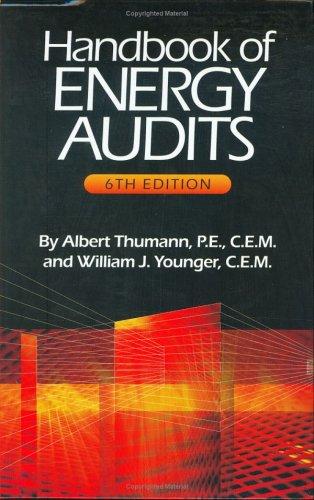Question
a. Economic entity assumption b. Going concern assumption c. Monetary unit assumption d. Periodicity assumption e. Historical cost principle f. Revenue recognition principle g. Expense
a. Economic entity assumption
b. Going concern assumption
c. Monetary unit assumption
d. Periodicity assumption
e. Historical cost principle
f. Revenue recognition principle
g. Expense recognition principle
h. Full disclosure principle
i. Relevance characteristic
j. Faithful representation characteristic
k. Consistency characteristic
Items a through k may be used more than once or not at all.
1. Stable-dollar assumption(do not use historical cost principle).
2. The performance obligation is satisfied.
3. Numbers and descriptions match what really existed or happened.
4. Yearly financial reports.
5. Accruals and deferrals in adjusting and closing process. (do not use going concern.)
6. Useful standard measuring unit for business transactions.
7. Notes as part of necessaryinformation to a fair presentation.
8. Affairs of the business distinguished from those of ots owners.
9. Company assumed to have a long life.
10. Valuing assets at mounts originally paid for them.
11. Application of the same accounting principles as in the preceding year.
12. Summarizing significant accounting policies.
13. Presentation of timely information with predictive and confirmatory value.
Step by Step Solution
There are 3 Steps involved in it
Step: 1

Get Instant Access to Expert-Tailored Solutions
See step-by-step solutions with expert insights and AI powered tools for academic success
Step: 2

Step: 3

Ace Your Homework with AI
Get the answers you need in no time with our AI-driven, step-by-step assistance
Get Started


